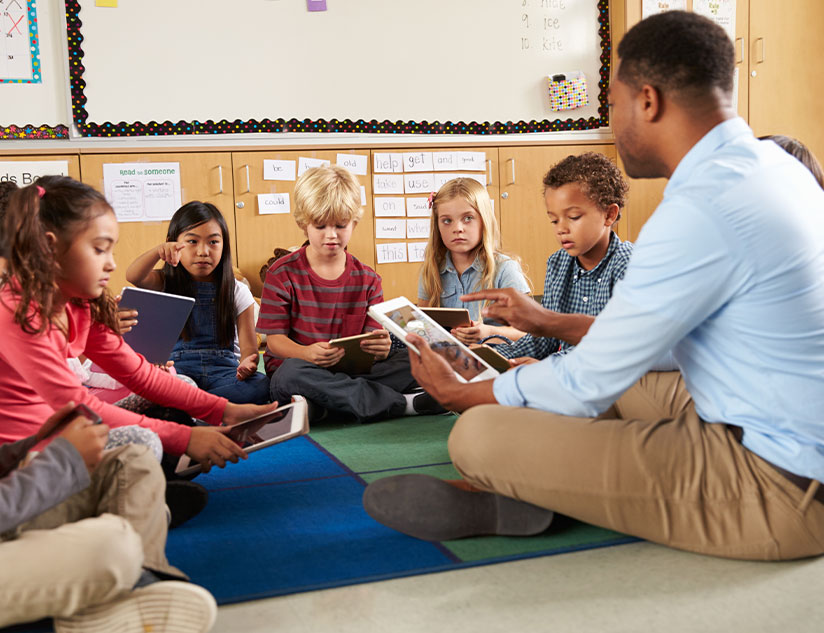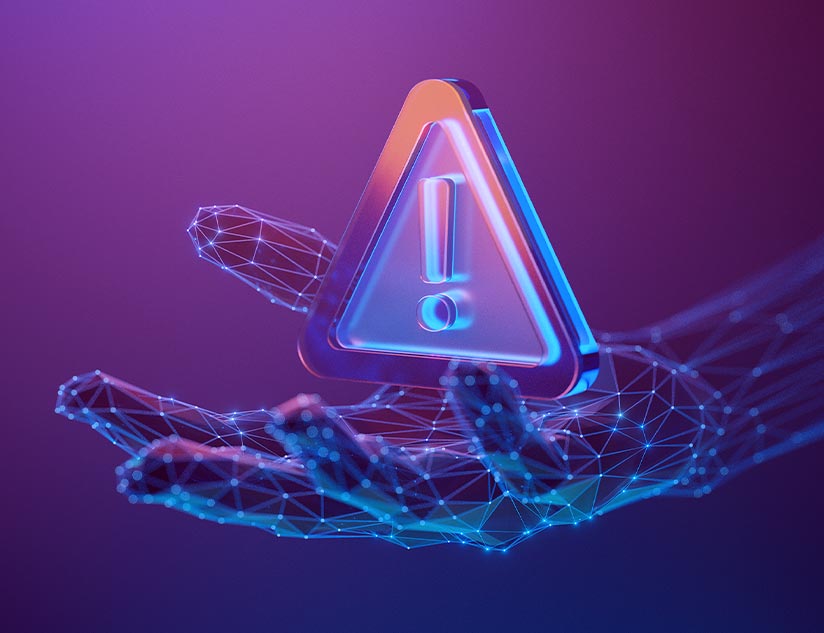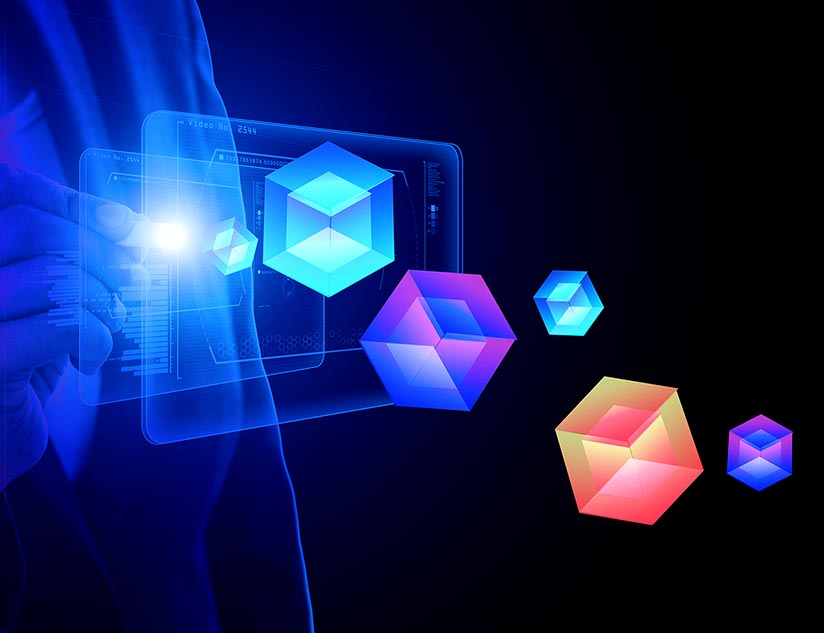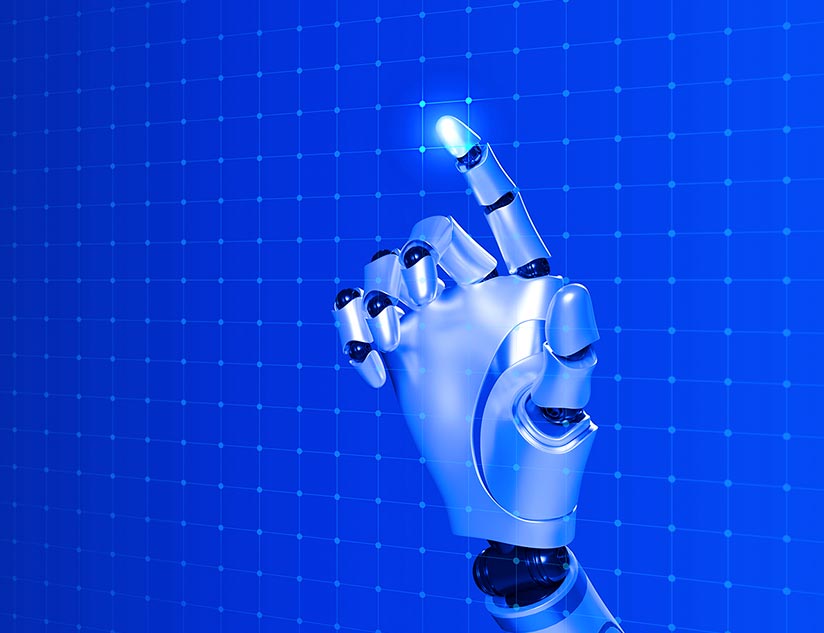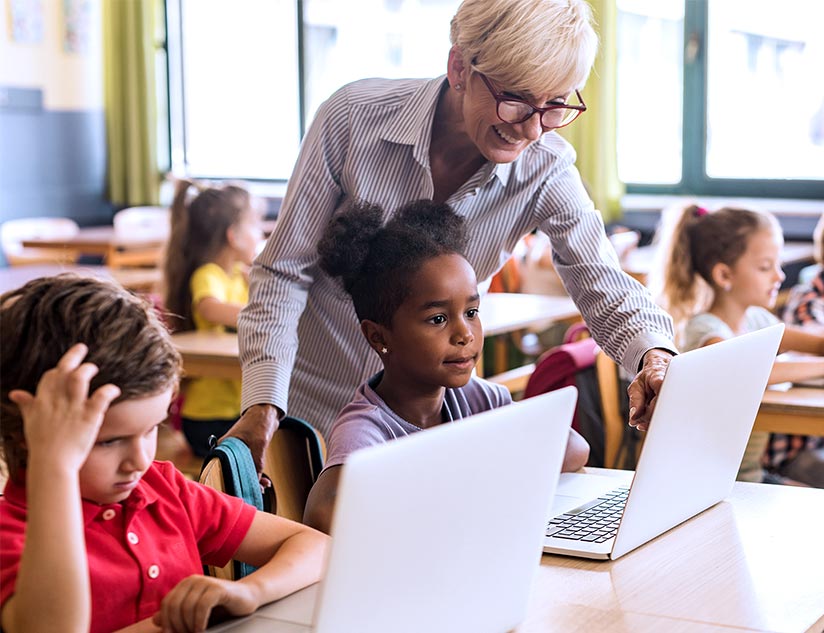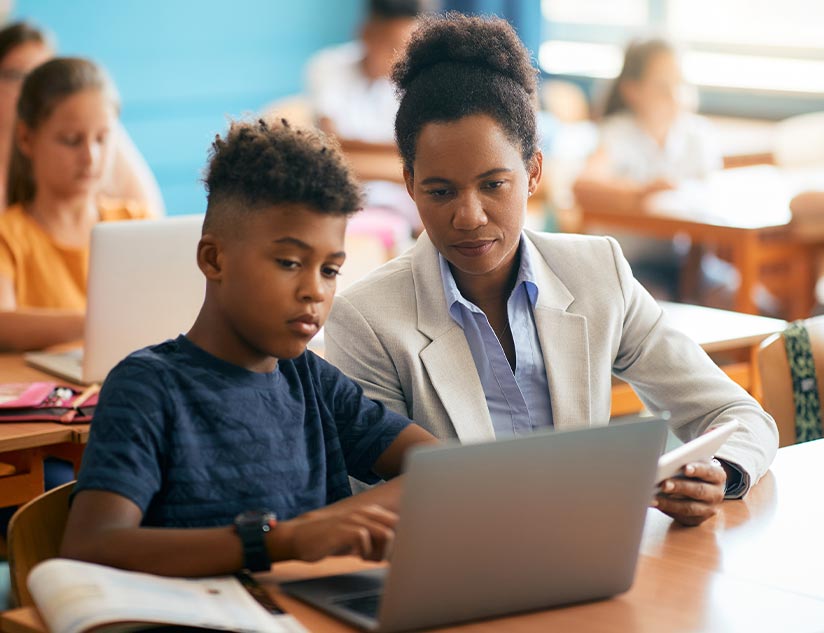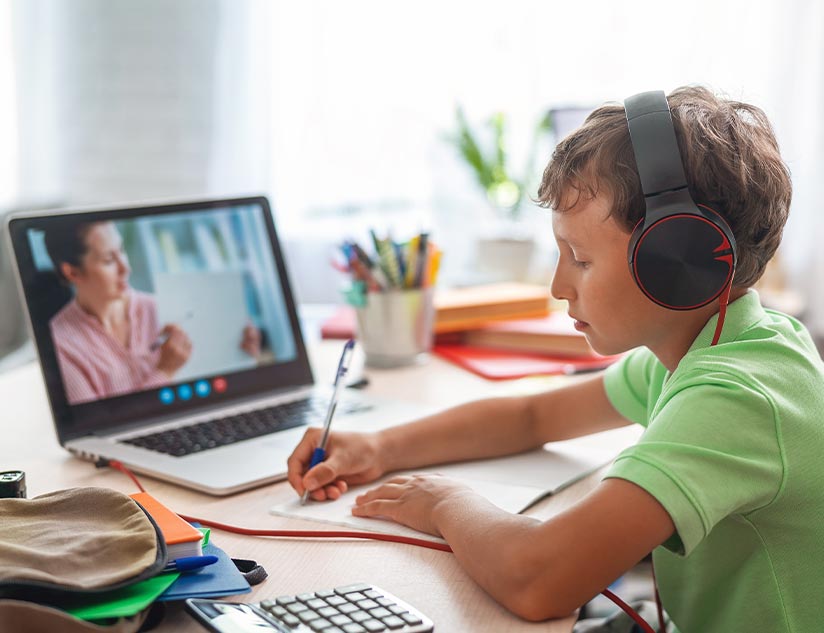The world is evolving at a pace not seen at any time before in history. In 2016, the World Economic Forum predicted that 65% of students entering primary education would end up in jobs that did not yet exist. Artificial intelligence experts, data scientists, medical transcriptionists, full-stack engineers, and customer service specialists are a few of the roles that will see rapid growth, accordingq to another WEF study in 2020.
AI and machine learning are said to be in line to take over the workforce in the coming decade. The educational framework is banking on technology to manufacture and supply its members. Data and research giant HolonIQ estimated that the educational technology market would double to $341 billion from 2018 to 2025. EdTech helps learners and educators adapt to unforeseen realities and demands to keep up with this pace of change.
Avenues for STEM and CTE proliferate thick and fast throughout the world with education institutions, educators, and publishers harnessing digital learning platforms and software to provide education for the future. Learning technology has also helped learners inculcate the four Cs (collaboration, creativity, critical thinking, and communication) in their skillset, facilitating them to become effective problem solvers in real-world situations.
Facing the Challenges of a Brave New World with EdTech
Broadly, there are three kinds of challenges awaiting learners today: environmental, economic, and social, according to an OECD report. The effects of overpopulation, climate crises, and pandemics would inevitably percolate down to the job market. EdTech enables CTE and K-12 education to be geared to training learners to gain the knowledge needed for such scenarios through interactive and engaging digital environments. Here’s how EdTech is helping prepare students for the real-world careers of tomorrow.
1. Making Student-Led Learning Possible
In a traditional classroom, it is not humanly possible to direct the same attention towards each learner. Moreover, the one-size-fits-all approach no longer works for education. EdTech recognizes the need for student-led, self-paced learning that allows learners to exercise a fair amount of control over their work. No internet connectivity? Just go over to the offline reader. Are concepts not clear enough? Watch a video or listen to an audio clip. When students take responsibility for their learning, the academic outcomes improve.
Digital learning platforms like MagicBox™ even allow instructors to monitor learning behavior and content consumption patterns to alter their teaching methods and provide individual attention when and where needed. For higher education, MOOCs offer a flexible mode of learning or refreshing one’s skills. Self-paced learning can help transcend geographical and linguistic barriers while bringing more accessibility to education. 89% of US educators agree that student-led learning is crucial in building 21st-century skills.
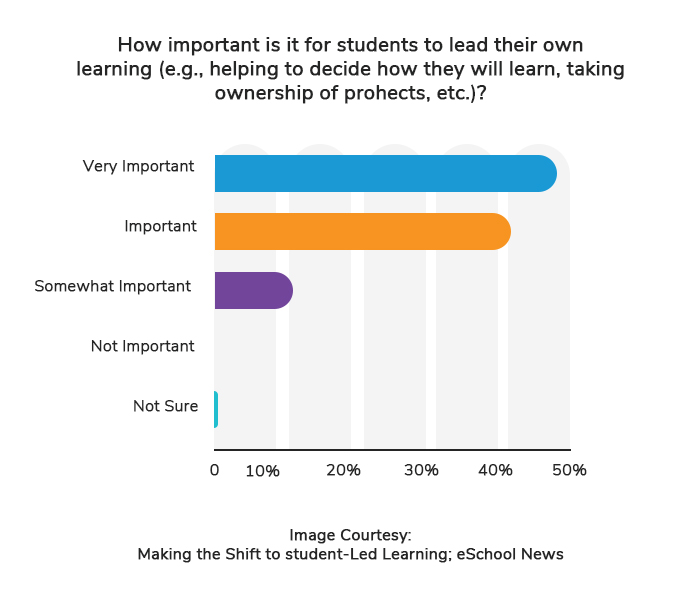
2. Fostering Professional Development and Life Skills Training
The all-important four Cs can help both teachers and learners achieve professional development. With greater exposure to a digital platform, students learn to adapt to changing technology and modes of communication and instruction, an indispensable foundational skill for the future. Also, learning management systems are self-paced, but still require a degree of time management, which goes a long way in the professional development of the learner.
EdTech makes it easier to provide professional education, allowing students to learn through simulations of real-world situations. Applying technological skills to real-life problems ensures in-depth learning of concepts. Learning technology is also great for training students in necessary secondary-level skills for careers in 2030, which traditional education can’t teach, according to Brookings. Moreover, tools such as videos and gaming illustrate concepts such as financial literacy, health, and online safety better than classroom lectures.
3. Ensuring Better Computational Skills Through CTE and STEM
STEM/STEAM activities help with design thinking as a problem-solving skill for the global economy. Due to programming sets, toy robots, and Lego kits, even three-year-olds are learning to code, which can build logical thinking early into learners’ skill sets. In K-12, such technologies encourage heuristic patterns of thinking, to develop computational skills.
What’s more, CTE content becomes interactive, integrating multimedia and gaming elements, using platforms like MagicBox™. Computational skills are essential to excel in an information society. It may even prevent students from discarding social stereotypes when going for STEM careers later in life.
4. Encouraging Collaboration and Teamwork
The digitally-enabled remote jobs of the future will be collaborative, both among humans and between humans and robots. Towards that end, both classroom and remote learning need to promote teamwork and interaction. Video conferencing, forums for group assignments, group study sessions, and individual group tasks can become part of a larger project with digital whiteboards and proving to be effective ways to bring about socio-emotional learning skills. Helen Soule, Executive Director at the Partnership for 21st Century Skills, National Education Association, explains how a classroom utilizing EdTech for collaborative learning functions:
5. Teaching Real-Life Problem-Solving
EdTech offers useful tools to impart the knowledge of STEM subjects through problem-based learning, which helps in getting students to take up and try to solve problems based in real-world contexts. These experiences need students to apply technology or principles and concepts learned as part of classroom lessons, to address real-world issues. Problem-based learning is supplemented superbly by technological resources like apps, online repositories, video games, design software, coding platforms, and more.
A robust digital learning platform like MagicBox™ can help update the educational curriculum to modern times’ needs, helping prepare the workforce of the future. It is a white-label CTE platform that offers educational institutions and publishers a smooth content publishing ecosystem. That way, they may be free to focus on the quality of their content. Contact us to know more.

